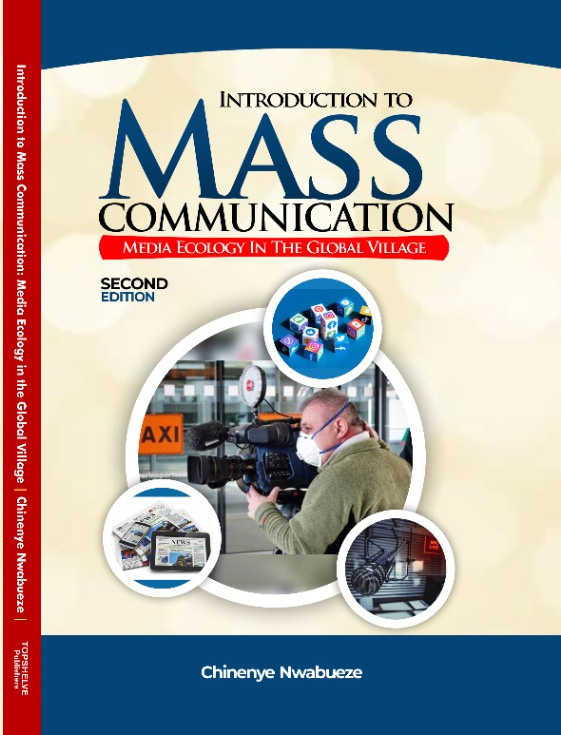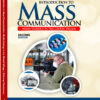Introduction To Mass Communication
₦2,500.00
- USD: $1.63
This book, Introduction to Mass Communication (second edition) is a
rudimentary tour into the world of mass-mediated communication in a technologically driven age. It is divided into five parts, each part discussing an interesting theme on modern techniques in communication.
Product Details:
Author: Chinenye Nwabueze
Year of Publication: 2021
Number of Pages: 364
File Size: 6.9 MB
 University Books / Pre-sale Questions
Need Help? Contact Us via WhatsApp
University Books / Pre-sale Questions
Need Help? Contact Us via WhatsApp
Preface
Emerging trends in new communication technologies have enhanced and simplified the
communication process in modern society. The advent of Information and
Communication Technologies (ICTs) such as computers, digital broadcasting, satellite
and cable television, the internet, and World Wide Web, have contributed immensely in not
only facilitating the sophistication of the communication process and but also redefining
mass communication. Understanding the rudiments of mass communication in the
digital era is essential for surviving in today’s global village.
This book, Introduction to Mass Communication (second edition) is a
rudimentary tour into the world of mass-mediated communication in a technologically driven age. It is divided into five parts, each part discussing an interesting theme on
modern techniques in communication. This second edition provides an update on issues
and concepts in the book, including a reflection of how evolving technology is influencing
mass communication space.
Part 1 of the book is on Communication: Meaning and Nature. It discusses
historical and conceptual issues in communication, the communication process, and mass
communication forms and functions in society. This introductory part further provides
an insight into the relationship between the mass media and society, basic communication
theories for understanding the media-society relationship and the nature of mass media
audience.
The second part of the book – The Mass Media – contains chapters each of which
dwells on a specific mass medium, and explains the basics and impact of the medium on society. The third part which treats the theme ‘Media-related industries’ discusses media-related professions such as Advertising, Public Relations, and news reporting, providing dimensions of the relationship between these professions and the mass media in
contemporary society. This part also looked at the basics of news gathering and
presentation as influenced by new communication technologies.
Part IV of the book which is on Formal and Informal Regulation of the Mass
Media discusses the various press laws and media ethics which guide the mass media on
the part of professionalism. It also provides invaluable insight on mass media issues such
as the Freedom of Information (FOI) Act, press freedom and protection of news sources,
including a discussion on mass media regulatory bodies in Nigeria.
The fifth part of this book is on Global Communication and International Media
Systems. It is unique in the sense that it captures the trends in international
communication’s impact on the globalization process. This includes a brief but incisive
comparison of international media systems according to what is obtains in various
xvi
continents of the world. The two chapters in this section are dedicated to discourses on
international communication flow from interesting dimensions.
This book provides a guide to the practical utilization of communication techniques
in achieving objectives in various spheres of life. The use of free-flowing language in
the explanation of issues and concepts, including the adoption of local examples in clarifying
explanations makes the book more interesting. It is recommended for students, scholars,
researchers, lecturers, and practitioners not only in communication and related
disciplines, but every other discipline since no field of endeavor can do without
knowledge of at least the basics of communication and mass media operations in the
society.





Reviews
There are no reviews yet.